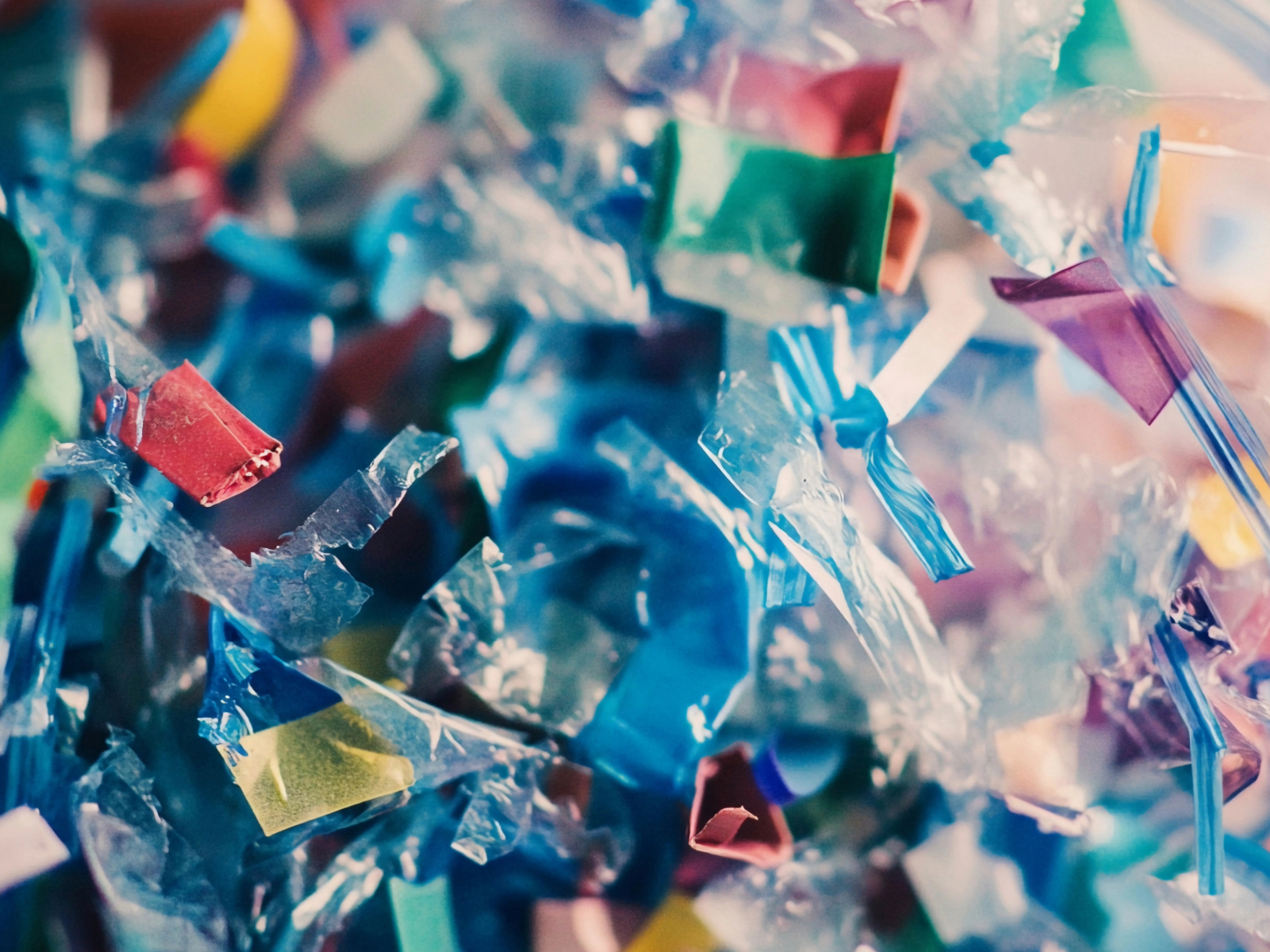Plastic was first invented in 1907, by Belgian-born American Leo Hendrik Baekeland who was living in New York State at the time. Whilst looking for an insulating shellac to coat the wires of electric motors ad generators, he combined chemicals phenol and formaldehyde. He noted that the mixture would form a sticky mass and soon discovered that it could be mixed with wood flour, asbestos, slate dust to product fire resistant composite materials.
Since then, plastic use has skyrocketed and our usage of it is growing at an exponential rate.
Plastic has had a hugely positive impact on our world; we are able to manufacture things at costs and quantities that we would never have been able to 110 years ago. Things have become lighter, cheaper, stronger and smaller.
Raw Materials
However, plastic also has a negative effect – some might call it an environmental disaster. Plastic is derived from petroleum, notorious for its negative effects on the environment and climate. Crude Oil, the basis for petroleum itself contains a huge number of compounds that are highly toxic and carcinogenic. In 2016 alone, it was estimated that over 6,000 tonnes of oil was spilled into the ocean. 40 years ago, in 1979, over 650,000 tonnes of oil was spilled – not an unusually high amount for that period of time. Since the 1970s, over 6 million tonnes of oil has been spilled into the ocean.
Manufacture
It’s not just the raw materials used to create plastic that make it such a disaster, how it’s made also plays a part. Many plastic manufacturing processes place a huge burden on the environment. From information gathered in a recent study of the Toxic Releases Inventory in the US, 14% of the national total came from the plastics industry (despite the miscellaneous plastics sector not filing reports). Significant toxic releases such as tricholoroethane, acetone and styrene are all contributing wildlife damage and climate change.
Harvesting, refining and transporting the raw materials for plastic has a negative effect on the environment. Using those raw materials to create plastic has a further negative effect. There’s even speculation that the use of plastics for food storage can leach chemicals into the food, posing further risk to health.
Disposal
Finally, after the plastic has been used and it’s time to dispose of it, we run into the environmental issues that plastic is pretty much known for. If we’re lucky, some plastics will de-compose in over 450 years. Spreading the toxins and chemicals used to create them as they do. However, some plastics simply won’t decompose, remaining unchanged for thousands of years. This poses a risk to wildlife that will choke on it or get trapped inside it.
What can be done?
The simplest thing to do is follow the tried and tested: Reduce, Reuse, Recycle.
Reduce the number of plastic produce you purchase and use. Instead of purchasing pre-packed vegetables at the supermarket, buy them from the fresh counter and avoid using plastic bags. Buy a re-useable water bottle. Avoid most things labelled “disposable”.
Reuse things where possible. Re-use a plastic bottle instead buying a fresh one. Re-use plastic tubs for food leftovers or storage. Re-use any remaining plastic bags.
Finally, recycle absolutely everything that you can. Take the time to understand recycling symbols and what your kerbside collection will accept – we have a handy guide here. Begin to do your part for the world.
